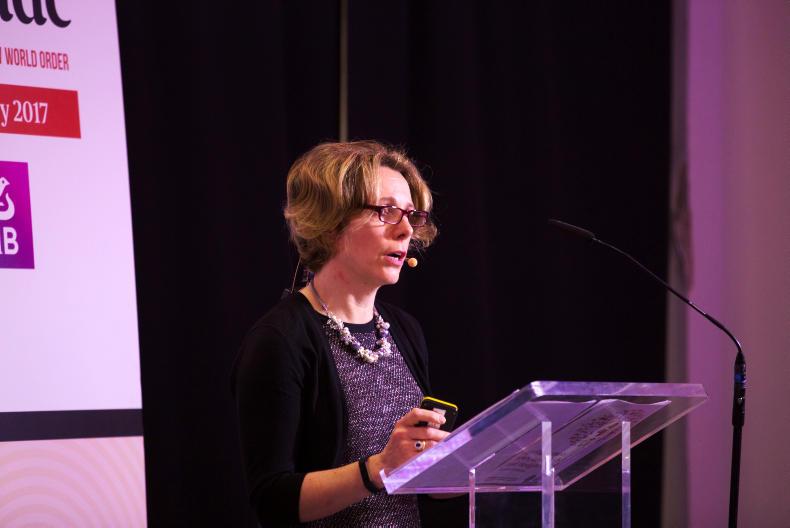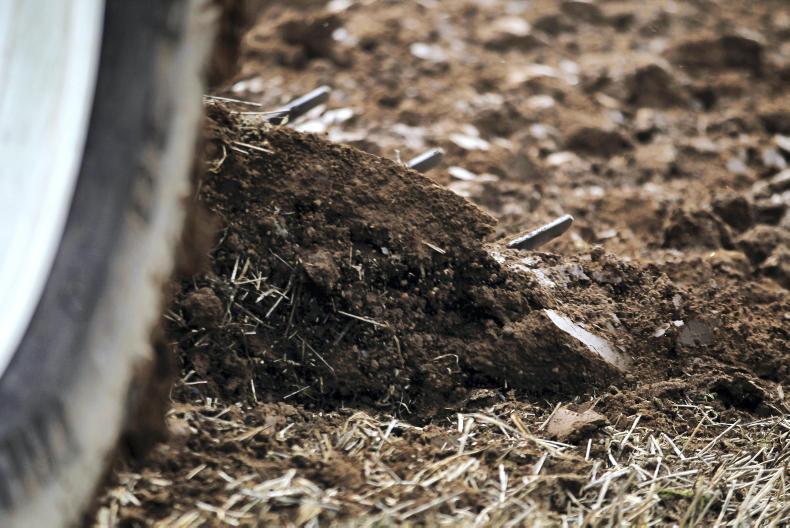The publication of the Foodwise 2025 implementation plan this week presents a long and detailed list of actions designed to take the agri food industry forward over the next decade. Most were contained in the original plan published back in July with a few additions to reflect the outcome of the consultation. Many of the points have been made before and are well known but there is no harm cataloguing what is best practice. As is appropriate and inevitable with the climate change agreement in Paris this week, sustainability is repeated continually in the narrative of the plan. For Irish farmers economic sustainability is the essential one – without it there is no need to concern ourselves with the rest.
Outcomes
Of course taken collectively the actions referred to will improve performance of farming but greater clarity and specifics would have been welcome. There is a danger with any publication of hundreds of action points the target reader becomes the academic type with many farmers neither having the time or the inclination to read all the way through. The document is long on process but lacks clarity on outcomes. For farmers there are two specific outcomes that will make or break their business. The first is what the market will pay them for their produce at the farm gate; the second is what it costs the farmers to get his produce to the point where it is ready for sale.
Trying to call future markets is at best challenging and could be seen as a hostage to fortune. It is a struggle to call what beef or lamb prices will be ten weeks from now never mind ten years, milk has market indicators that work well for the coming months but again long term forecasting is difficult. However our ambition should be something bold and imaginative such as being the best in Europe which doesn’t need a number applied. That may look challenging given the current strength of UK prices compared with the rest of Europe. However it wasn’t always that way – looking back ten years reveals France and Italy to be the dominant players in Europe, not the UK, so why can we not boldly aim for the top? With Origin Green recognised globally as the brand that demonstrates serious commitment to the production of food in maximum harmony with the environment, we have a fantastic story to tell. The challenge to our factories is to go out to the world and not undersell it.
Market access
We also need access to the maximum number of markets and this is where Government and its agencies come in. There is no doubt officials do work hard behind the scenes to get international markets opened but it by its nature is painstakingly slow. The Minister is amongst the very best when it comes to getting out and about to promote and sell the Irish food industry. However more realism when presenting the results and timeframes would benefit. This time last year factories were stockpiling the high quality manufacturing burger beef in anticipation that sales to the US in 2015 would leave a scarcity in Europe. We now know that getting manufacturing beef into the US is taking more time and work than anticipated – not anyone’s fault necessarily but an expectation was created that didn’t happen. Still an early breakthrough in China in 2016 and the US coming on board for manufacturing would serve the industry well and help get our prices up the ladder.
International trade deals are another area where we need our Government to be strong and engage in blunt plain speaking rather than diplomatic language. An agreement with the US presents threats but if properly negotiated also opportunities. As for South America and Mercosur, an agreement covering farm commodities has nothing to offer Irish farmers.
Blueprint
The second element of an economically sustainable industry is on farm production costs. Here Teagasc have to establish definitively what the blueprint is for the most efficient beef and sheep production system to maximise the output from the different types of Irish farm. The better farms programme in the Irish Farmers Journal demonstrates what can be achieved, the next step is for anyone that is serious about still farming a decade from now is to embrace best practice. Whatever the operational issues with the Beef Data and Genomics Programme, it is the direction of travel to try and deliver at least some of the genetic efficiencies achieved pork and particularly poultry sectors.
Achieving best in class, or at least close to, in market and production efficiency is what it will take to have a sustainable industry a decade from now. The implementation plan outlines what will be done, framed in the context of the environment. It is the outcome and effect of the actions outlined that matter and we will monitor closely how much they succeed in driving our industry to where it needs to be.












SHARING OPTIONS